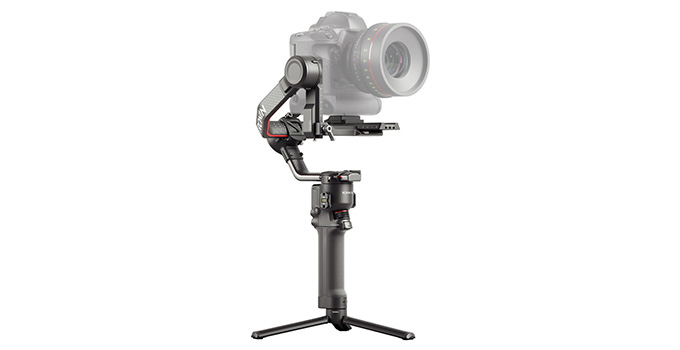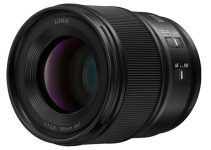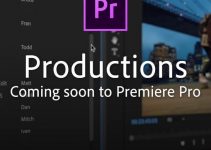Movement is what makes a film a film. The advantage of video is that you can capture action and then use motion to better tell your story. Getting the camera to move can help double down on the emotion of the scene in a very subtle way or it can be used to make the audience feel like they are immersed in an action-packed scene.
If you are looking to elevate your game you will want to add some different camera movements to your repertoire. B&H Photo Video put together a nice little guide for 10 creative movements to try out.
The best part about this list is that there are options for handheld or if you want to upgrade and use a gimbal like the DJI RS 2.
1. Whip Pan
This is a classic. The whip pan is a simple fast turn which can usually be paired up with a cut to move you from one shot to the next in a relatively seamless manner. It also adds a bit of energy to the shot.
2. Parallax
Parallax is used to add a bit of depth to your shot. When you have a nice background or foreground all you have to do is lock onto your subject and move left or right while keeping them still in the frame. The background and/or foreground will shift around them giving you some nice depth and movement.
3. Dolly Zoom
This combines two camera operations: a dolly in or out and a zoom aka the Vertigo effect. The most exaggerated version of this effect combines a dolly in with a zoom out. You create a disorienting look where the background compression dramatically changes while the subject stays similarly sized in the frame, usually with a little more distortion. A good choice for feelings of realization, shock, or dread.
4. Dolly In/Out
Maybe should’ve done this before the last one, but the classic dolly in/out is a nice option. You can do it handheld, with a slider, a dolly, or a gimbal. It can be used to bring viewers closer to (or farther from) a subject both physically or emotionally.
5. Reveal
The reveal uses camera movement and occasionally a foreground element to reveal a subject. It’s a common trick that adds a bit more dynamic movement to an introduction. Almost any direction and angle can work for this.

Image Credit: DJI
6. Tracking
If your subject is moving you may want to show them on their journey by following along with a camera movement. If you are holding the camera you will be greatly benefitted by a gimbal or steadicam.
7. Trucking
Similar to a basic tracking shot, a trucking shot follows the subject with a lateral movement. Think about moving parallel to the subject from the side, like two cars side-by-side on the highway as you look out the window of one. Using some close-ups or split screen effects can add some fun to the sequence or make a more exciting transition.
8. Jib Shots
Traditionally done with a jib, you don’t actually need a jib to do it. You should use a gimbal or drone to get the best results though. With a gimbal you should mount it to a monopod for extra height. Then you can start high (or low) and bring it down towards your subject while keeping the camera looking forward at your subject.
9. Camera Roll
A very fun shot that was made easy with modern gimbals, you spin the camera around 360 degrees while moving closer or farther away from your subject.
10. Orbiting/Arc
This is creating by circling around your subject. Position and speed matter. Fast movements can be disorienting to your audience and be representative of your subject’s feelings in the scene. Or, a slower movement with a slight angle up could be very empowering.
[source: B&H Photo Video]
Order Links:
Disclaimer: As an Amazon Associate partner and participant in B&H and Adorama Affiliate programmes, we earn a small comission from each purchase made through the affiliate links listed above at no additional cost to you.




